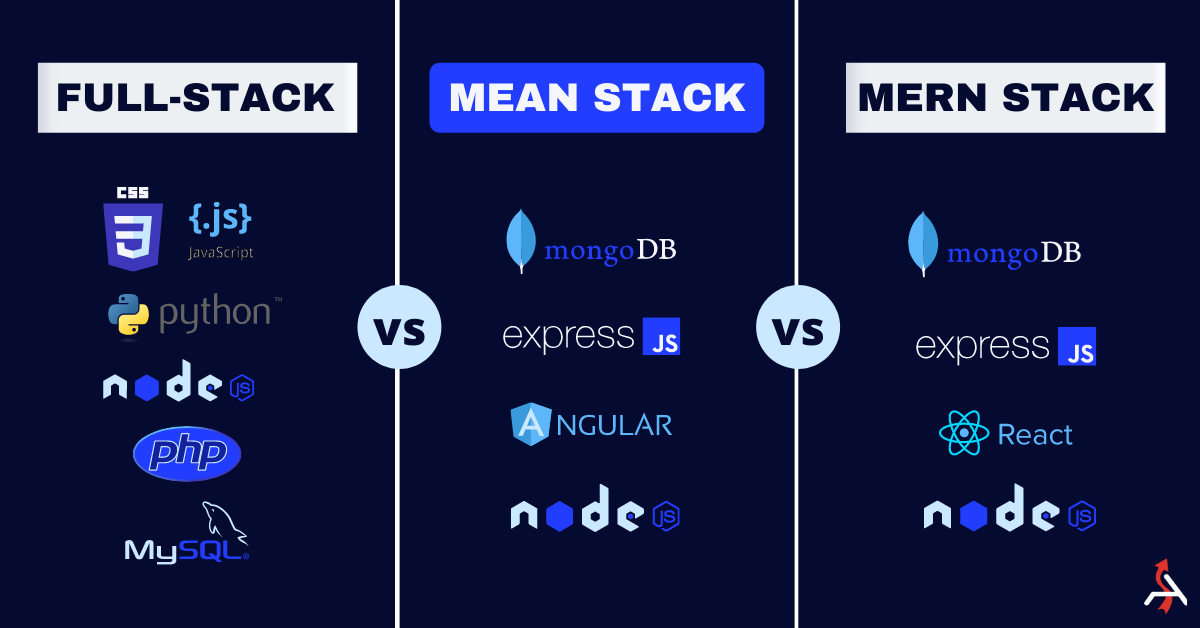Introduction
File extensions in Python, often called “filename extensions,” play a crucial role in determining the type and format of a file. Whether you are a seasoned developer or a beginner, understanding how to work with file extensions is essential. In this comprehensive guide, we will delve into the world of Python filename extensions, exploring their significance, usage, and how to manipulate them effectively. We’ll also touch on topics like `isnumeric` in Python to provide a well-rounded understanding of working with file extensions in Python.
What are File Extensions?
A file extension is a suffix attached to a filename, indicating the format and type of the file. It typically consists of a period (dot) followed by a few characters. For example, in the filename `document.txt`, the file extension is `.txt`, indicating that this file is a text document. File extensions help both users and software programs recognize and interpret files correctly.
File extensions serve several important purposes:
- File Type Identification: They allow users and software to identify the type of file and determine which application should be used to open or process it.
- Content Format: They provide information about the content format, which can be critical for data manipulation and processing.
- Security: File extensions can also be used for security purposes, as certain file types may be restricted or disallowed for security reasons.
- Organization: They help in organizing files by grouping similar types of files together.
Now, let’s explore the importance of understanding and manipulating file extensions in Python.
Python File Operations
Python is a versatile language for working with files, making it a powerful tool for tasks such as reading, writing, and manipulating data. When dealing with files, you often need to interact with their extensions to perform various operations. To illustrate this, let’s consider a few common file operations in Python.
Reading a File
To read a file in Python, you typically open the file using the `open()` function and then read its contents. Here’s an example:
“`python
file_name = “document.txt”
with open(file_name, “r”) as file:
content = file.read()
“`
In this code snippet, we’ve opened the file `document.txt` and read its contents. But how do you ensure that the file you’re trying to read is a valid text file with a `.txt` extension? This is where understanding and working with file extensions become crucial.
Writing to a File
Similarly, when you want to create or modify a file, you need to specify the filename and its extension. Let’s see how you can write to a file in Python:
“`python
file_name = “new_document.txt”
with open(file_name, “w”) as file:
file.write(“This is a new text document.”)
“`
Here, we’ve created a new text document with the `.txt` extension. Understanding how to specify the correct file extension ensures that the file is created in the intended format.
Checking File Extensions in Python
To work with file extensions effectively in Python, you often need to verify and manipulate them. The `os` module provides a convenient way to perform these tasks.
Checking File Existence
Before performing any operations on a file, it’s essential to check whether the file exists. The `os.path.exists()` function allows you to do just that. Here’s how you can use it:
“`python
import os
file_name = “document.txt”
if os.path.exists(file_name):
print(f”{file_name} exists.”)
else:
print(f”{file_name} does not exist.”)
“`
This code snippet checks if the file `document.txt` exists in the current directory. Understanding the `os.path.exists()` function helps you avoid errors when working with files.
Extracting File Extension
To extract the file extension from a filename, you can use the `os.path.splitext()` function. It returns a tuple containing the root and extension. Here’s an example:
“`python
import os
file_name = “document.txt”
root, extension = os.path.splitext(file_name)
print(f”File: {file_name}”)
print(f”Root: {root}”)
print(f”Extension: {extension}”)
“`
This code will output:
“`
File: document.txt
Root: document
Extension: .txt
“`
Now, you know how to extract the file extension, which can be crucial for performing specific operations based on the file type.
Verifying File Extension
To ensure that a file has a specific extension, you can use Python’s string manipulation methods. For example, to check if a file has a `.txt` extension, you can do the following:
“`python
file_name = “document.txt”
if file_name.endswith(“.txt”):
print(f”{file_name} is a text file.”)
else:
print(f”{file_name} is not a text file.”)
“`
In this code, we’re using the `endswith()` method to check if the file name ends with the `.txt` extension. This allows you to verify the file type before performing any operations.
Handling Multiple File Extensions
In real-world scenarios, you may need to work with files of various extensions. Let’s consider a case where you want to process a set of files that may include text documents, spreadsheets, and images. Understanding how to manage different file extensions is essential.
“`python
import os
def process_file(file_name):
root, extension = os.path.splitext(file_name)
if extension == “.txt”:
print(f”Processing text file: {file_name}”)
Perform text file operations
elif extension == “.csv”:
print(f”Processing CSV file: {file_name}”)
Perform CSV file operations
elif extension in (“.jpg”, “.jpeg”, “.png”):
print(f”Processing image file: {file_name}”)
Perform image file operations
else:
print(f”Unsupported file type: {file_name}”)
List of files to process
files_to_process = [“document.txt”, “data.csv”, “image.jpg”, “presentation.pptx”]
for file in files_to_process:
process_file(file)
“`
In this example, we’ve defined a function `process_file()` that identifies and processes files based on their extensions. Handling multiple file extensions in this manner allows you to build versatile file processing applications.
The `isnumeric` Function in Python
In the context of working with file extensions, understanding the `isnumeric` function in Python can be useful. The `isnumeric` function is a built-in method for strings that checks if all the characters in a string are numeric. It returns `True` if the string is composed entirely of numeric characters and `False` otherwise.
Here’s how you can use `isnumeric`:
“`python
numeric_string = “12345”
alpha_numeric_string = “abc123”
non_numeric_string = “Hello, world!”
print(numeric_string.isnumeric()) Output: True
print(alpha_numeric_string.isnumeric()) Output: False
print(non_numeric_string.isnumeric()) Output: False
“`
The `isnumeric` function is particularly useful when working with file extensions. You can use it to verify if a part of the filename is numeric, which may be the case in certain types of files or naming conventions.
Dynamic File Extension Handling
In some scenarios, you might need to dynamically handle file extensions without hardcoding specific extensions in
your code. This is especially useful when working with a wide variety of file types. One way to achieve this is by using a configuration file or a database that associates file types with their corresponding actions.
Conclusion
File extensions are a fundamental part of working with files in Python. They help identify the file type, format, and content, enabling you to interact with files more effectively. In this comprehensive guide, we’ve covered various aspects of handling file extensions in Python, including checking file existence, extracting extensions, verifying extensions, and dynamically processing different file types.















